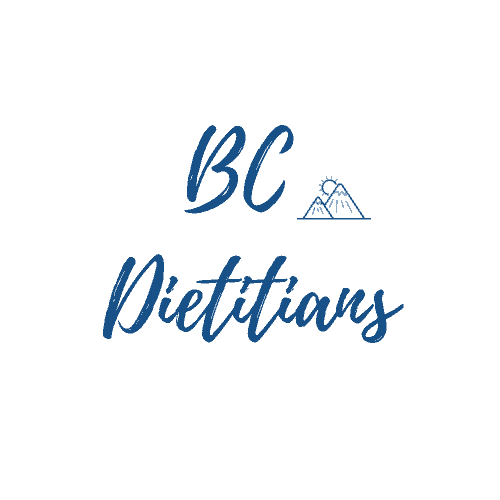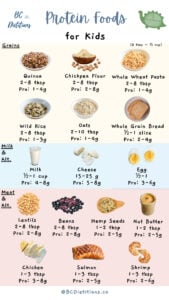Many foods include a variety of fats. Some are natural fats found in foods, and others are added fats. Tare two main types of fatty acids: saturated and unsaturated.
We want to aim for higher amounts of unsaturated fats in the diet, and lower amounts of saturated fats. Omega 3 is an essential fat.
Saturated fats are solid at room temperature while unsaturated fats are liquid. Unsaturated fats are considered a healthier type of fat. Choosing more unsaturated fats can help decrease your risk of heart disease.

Carla Centola
Why do we need fat?
Fats provide energy and help with the absorption of certain vitamins and nutrients and assist with important functions in our nerves and brain.
What are the main sources of fats?
Unsaturated fat and Omega 3
There are 2 main types of unsaturated fats: monounsaturated and polyunsaturated. Polyunsaturated fats include omega-3 and omega-6 fats.
You want adequate intakes of Omega 3 as it’s considered an essential fatty acid, meaning our body cannot make it so we need to get it through our food intakes.
There are different forms of Omega 3, some are more absorbable than others.
Omega 3 has important roles in preventing heart disease and lowering the risk of stroke, reducing inflammation and symptoms of certain types of arthritis, may help in the prevention of dementia, and are important in the development of the brain and nerves in infants.
- Sources of monounsaturated fats include peanuts, nuts, avocados, soft margarines, and oils such as olive, canola, peanut, sunflower and safflower
- Sources of omega-3 polyunsaturated fats include seeds (e.g. flax, chia and hemp), walnuts, canola oil, and oily fishes such as herring, salmon, mackerel, sardines and trout
- Sources of omega-6 polyunsaturated fats include most plant oils (e.g. soybean, corn, peanut, sesame), seeds and nuts.
Saturated fat
Sources of saturated fat include red meats, full-fat milk and milk products (e.g. cream, cheese and butter), lard, shortening, palm, palm kernel and coconut oils, and some processed foods such as packaged snacks and sweets.
How do I include healthy fat in my diet?
- Cook and bake with vegetable oils, such as olive, avocado or canola oil.
- Cook and bake from scratch using healthy fats more often than buying pre made desserts.
- Serve fatty fish such as trout, salmon, herring and mackerel. Canned mackerel is an easy lunch paired with some whole grain crackers, and chopped vegetables.
- Choose plant based protein foods such as tofu, nuts, seeds, beans, peas and lentils in place of meat
- Serve healthy fats at the table
- Drizzle olive oil over vegetables
- Use peanut butter labeled as “natural” or look for peanut butter where the ingredients are just peanuts
- Remove some of the fat from meat when possible
- Trim off visible fat
- Drain fat after cooking ground meat
- Compare the nutrition facts table on food labels to select products that are lowest in saturated fats
- Add flaxseed oil on top of your dishes for a burst of powerful omega 3
- Add hemp hearts to your morning cereal for extra fiber and omega 3
- Aim for at least 2 servings per week of “fatty fish” such as salmon, mackerel or sardines. One serving is equal to 75g (2.5oz) of cooked, fresh, frozen or canned fish.
Resources:
BC, H. (2024, April 03). Dietary Fats and Your Health. Retrieved from Healthlink BC: https://www.healthlinkbc.ca/healthy-eating-physical-activity/food-and-nutrition/nutrients/dietary-fats-and-your-health
Canada, D. o. (2024, April 03). PEN the global resource for Nutrition Practice. Retrieved from PEN Nutrition : https://www.pennutrition.com/KnowledgePathway.aspx?kpid=2671&trid=13497&trcatid=467







Add a comment